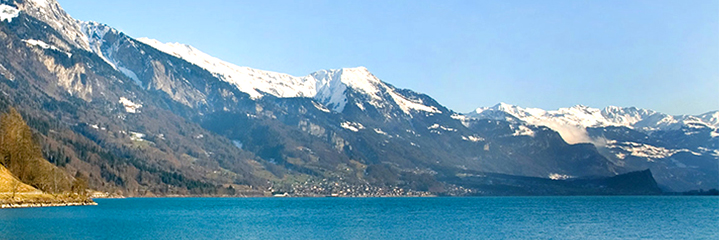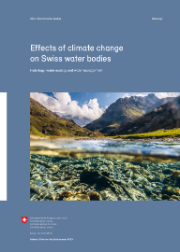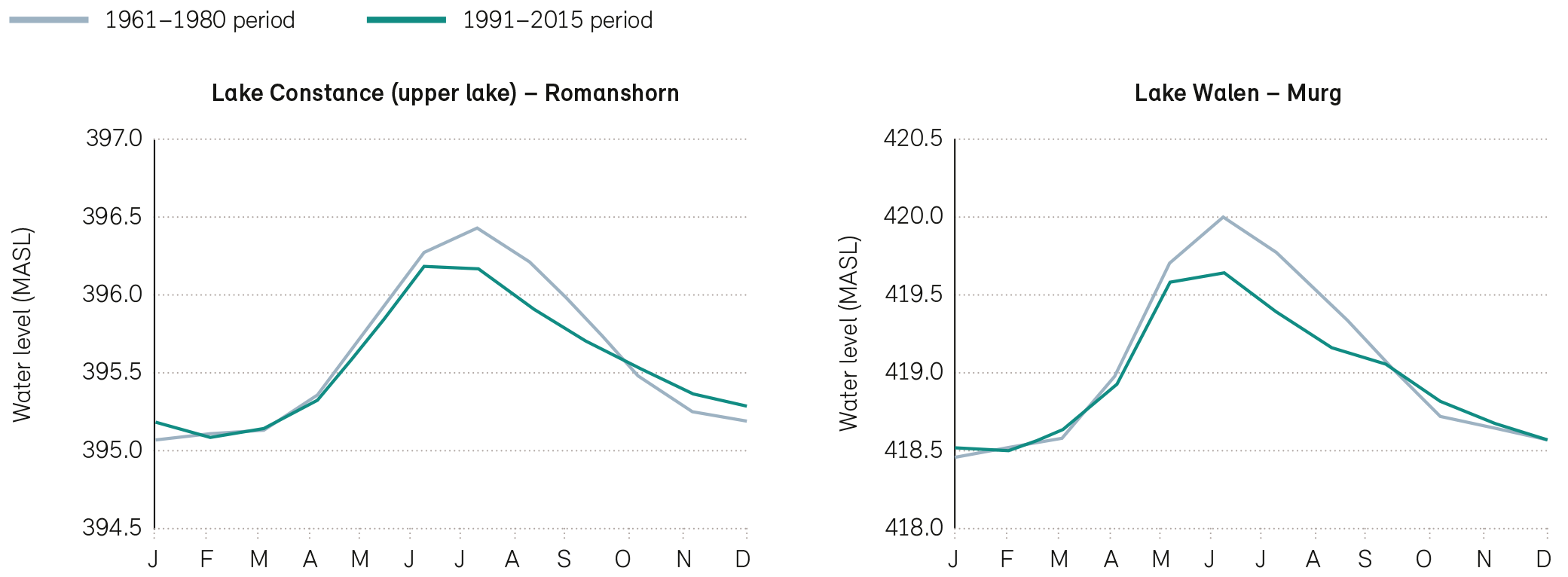Natural lakes are important stores of water for Switzerland. Water inflow is altering due to climate change. The way in which this affects the level of surface waters depends on whether a lake is regulated.

Natural lakes are the second largest water storage resource in Switzerland with a volume of around 130 cubic kilometres. Many lakes are regulated, meaning that the lake outflow is over a weir and the water level is controlled under the Weir Regulations. Climate change will greatly affect the inflows into the lakes and reservoirs. On the unregulated lakes, this will have a direct impact on water levels and will result in low levels in summer and autumn in particular. In the regulated lakes, the effects can be partly alleviated.
Average water levels on the unregulated lakes Constance and Walen
New lakes, streams and wetlands are also forming in the Alps due to melting of the glaciers. Researchers at the University of Zurich estimate that up to 500 new lakes with an area of 50 square kilometres and a volume of 2 cubic kilometres could form. But smaller lakes will silt up quite quickly.
Documents

The report ‘Effects of climate change on Swiss waters’ gives a concise overview of the results and is a gateway to further technical information and data.
Last modification 16.03.2021
Contact
Federal Office for the Environment FOEN
Hydrology Division
Papiermühlestr. 172
3063 Ittigen







